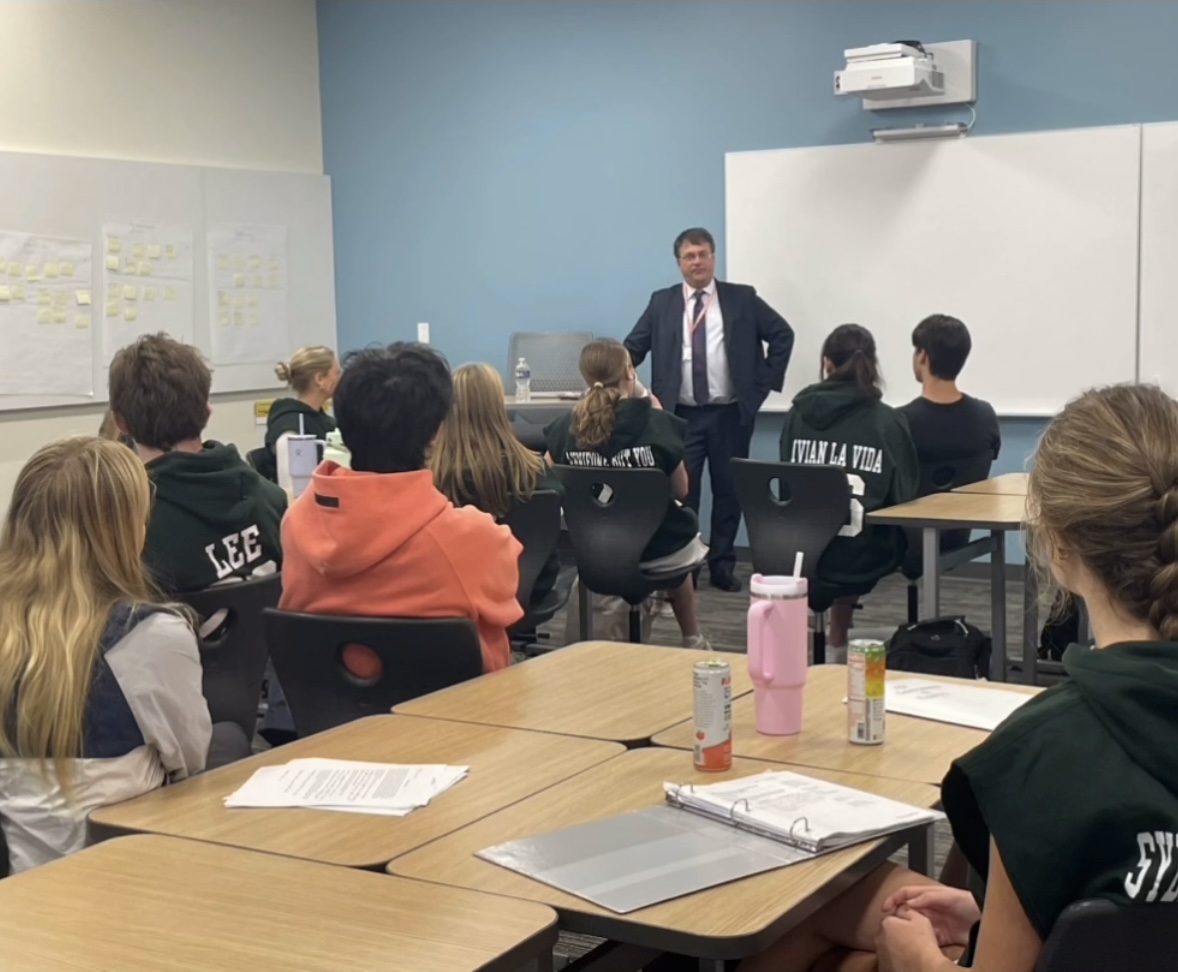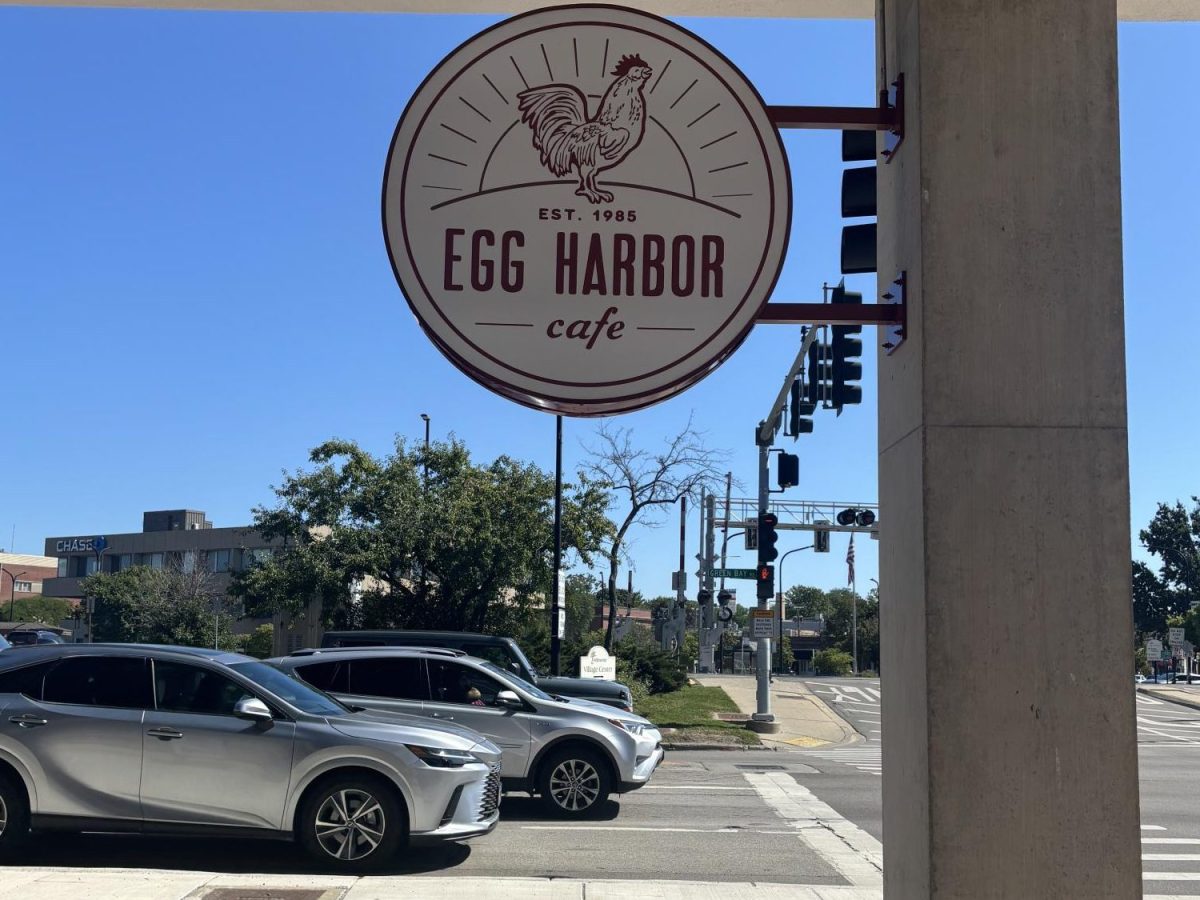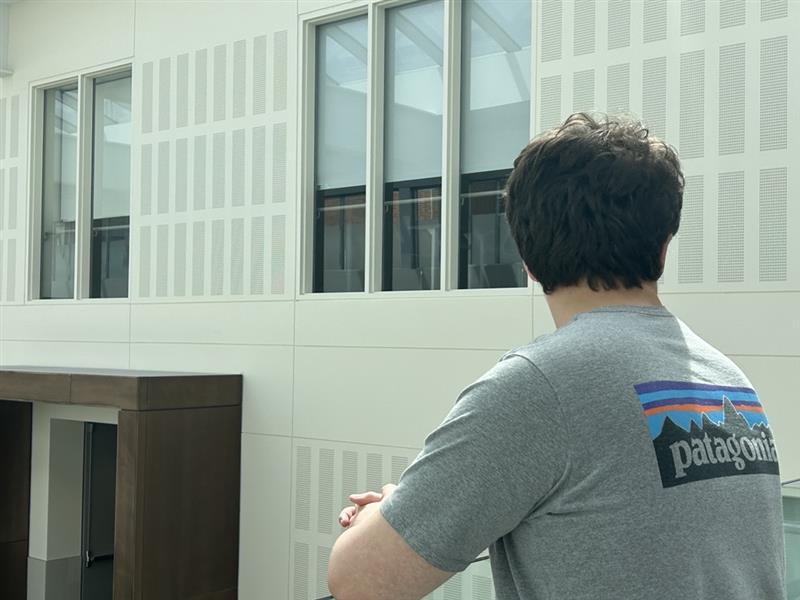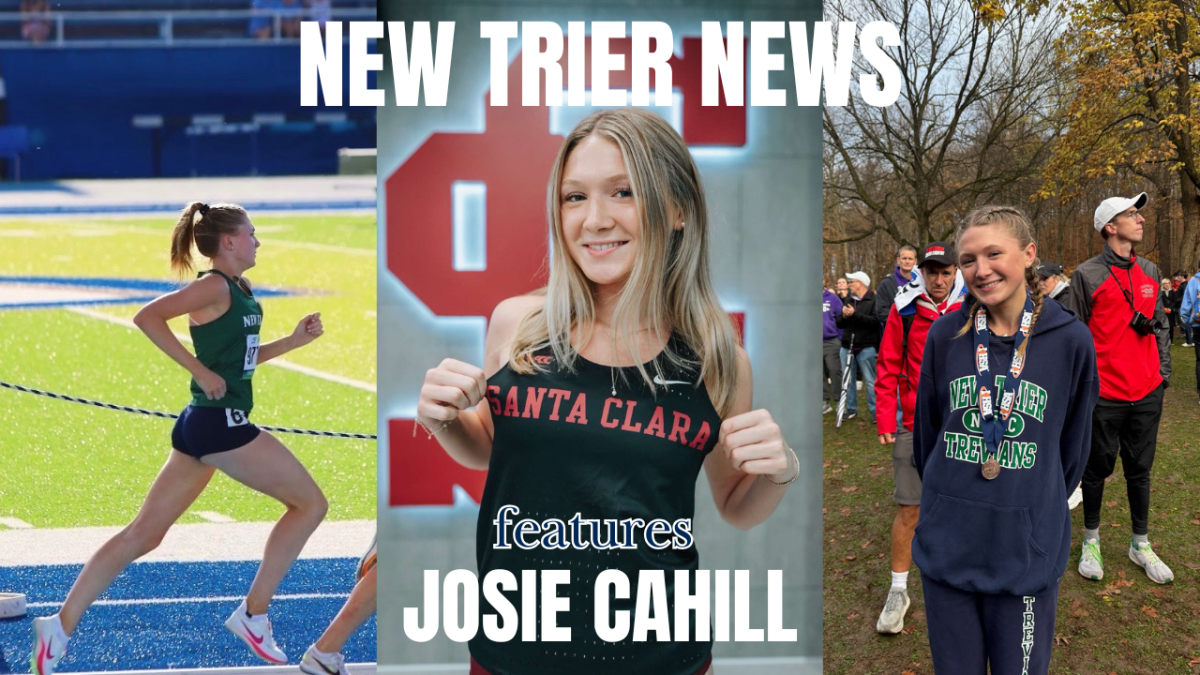Sixteen of the music industry’s most successful artists came together on March 30 to announce a “game-changer” in the music subscription service industry.
Known as TIDAL, Jay-Z and artists such as Calvin Harris, Kanye West, and Beyoncé are shareholders in the newest and most expensive music streaming service.
So what’s all the hype for? TIDAL isn’t a new concept. The online music streaming industry also has many successful competitors, so why bring another player to the table?
According to Jay-Z’s interview with NYU’s Clive Davis School of Recorded Music, he does not believe they are adding more competition to the industry.
“We’re really not here to compete with anyone. We’re actually here to improve the landscape,“ Jay-Z said, “As the tide rises, all the boats will rise.”
Unlike Spotify or Pandora, TIDAL doesn’t offer a free version for its subscribers. There are two options: $9.99/month and $19.99/month. So what’s the difference between the two? Not much, besides the audio quality.
The $9.99/month option is similar to other services such as Spotify or Beats Music in which users pay for access to their music library. In this option, the audio files are compressed into “normal quality”, 96-kilobytes-per-second files (kbps) or higher quality 320 kbps files.
The $19.99/month option is angled towards hard-core music lovers and audiophiles. Instead of compressed audio files like its competitors, TIDAL offers users “lossless” streaming. This is a new format for online files, which allows the streaming of 1,411 kbps files.
Now what does that sound like? Much better than Spotify or even iTunes according to TIDAL’s website. Spotify only offers 320 kbps and iTunes offers even less with 256 kbps, so TIDAL has surpassed them in streaming quality. But 1,411 kbps is equivalent to that of a regular CD.
Yep, those round shiny things that people used to play on Discmans before the iPod was invented.
TIDAL is not only breaking boundaries on streaming quality, but also with who receives royalties from each song streamed. The sixteen artists who are shareholders will directly receive the money instead of TIDAL taking the money.
When asked about it, Madonna told NYU that she joined because of restoring music back to its original art form, before everything was digitalized.
“It’s about putting art back into the forefront, bring humanity back into being artists. Not technology, art,” said Madonna.
But does a higher quality of music excuse the higher price tag? Senior Kate Wall doesn’t think so.
“I wouldn’t pay extra.” Wall said. “I don’t really care about the song quality, it’s more about the number of songs available.”
Junior Addie Turner agrees that the elevated price tag isn’t worth the access to songs.
“I mainly use iTunes for my music and I don’t buy more than six songs a month, so why would I pay more for something I wouldn’t really use?” Turner said.
When asked about the increase in royalties to the artists, Turner wasn’t convinced.
“Beyoncé doesn’t need any more money, none of them do. She’s got enough to last her,” Turner said.
Both Wall and Turner had no idea of what TIDAL was. It seems like around New Trier, Spotify is still the go-to streaming service.
“I didn’t have any idea what TIDAL was and I still don’t think I will use it. I love Spotify,” said Wall.
While TIDAL hasn’t hit the halls of New Trier, it’s still a young company, so who knows where it will go. But Jay-Z is hopeful that people will see it for what it is.
“This is really musicians making music that is about music and there’s no endgame here,” said Jay-Z to NYU.






































